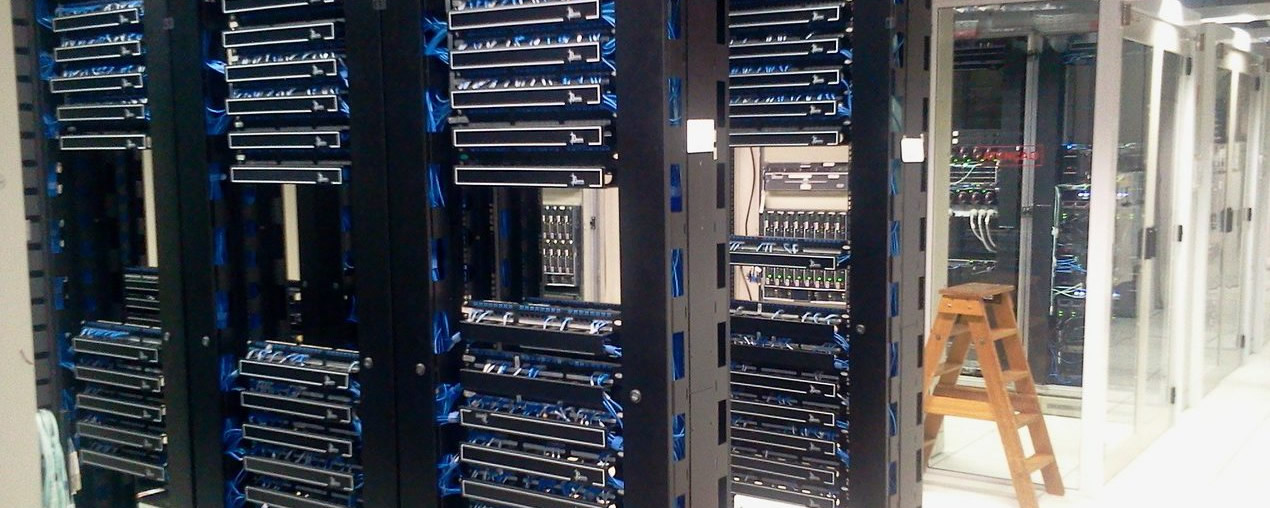Light Work Sleep Experiment
It started like the average Tuesday, scaring ourselves awake by our alarm clocks blaring, dragging ourselves out of bed, eating, showering and attempting to not miss the train. But, instead of making our way to the office, like usual, we headed towards the new FUTURE Designs technology hub at 32 Dallington Street, Clerkenwell, to see our rooms for the next 24 hours.

FUTURE Designs, designers and manufacturers of high quality luminaires and bespoke lighting solutions, decided to hold an experiment from 10am 19th June – 10am 20th June at its new technology hub, to analyse the powerful non-visual affect light has on our sleep, daytime performance and mood.
Changing the stereotypical connotations that come with women in windows, we were performing a formal experiment with a lot of help from Sleep Expert and FUTURE Designs’ consultant in the field of light and it’s effects on sleep, Dr Neil Stanley, to see how different tones of light affect the circadian rhythm of the human body. FUTURE Designs divided its new technology hub into two sections, both on display to the public through vast glass windows. After a toss of a coin one of us headed to the 6000 Kelvin cool white lit room, and the other to the 2700 Kelvin warm white lit room.

After getting used to people peering through the window of our new little homes, which was kitted out by Bisley, Humanscale, Otty and Windowfilm, we got down to our first set of tests from Dr Neil Stanley. The tests comprised of nine sets which took place every two hours to see how we progressed throughout the experiment.


Dr Neil Stanley is a renowned consultant who has been involved in sleep research for 36 years. In the early 1990s he moved to the Human Psychopharmacology Research unit part of the University of Surrey where as Director of Sleep Research he created and ran a 24-hour bed sleep laboratory for clinical trials. FUTURE Designs recently appointed Dr Neil Stanley as consultant in the field of sleep research and particularly the effects of artificial lighting on this.
 During our stay we were also we treated to two yoga sessions through the window from Sophie Higgins Nutrition to keep us active. It was our first yoga experience, with one of us being a lot better than the other…four inches from the ground when trying to touch your toes is definitely a work in progress.
During our stay we were also we treated to two yoga sessions through the window from Sophie Higgins Nutrition to keep us active. It was our first yoga experience, with one of us being a lot better than the other…four inches from the ground when trying to touch your toes is definitely a work in progress.
The hours flew by, helped with the six half an hour tests which comprised of the Wisconsin Card Sorting Test as well as written and digital tasks.
 As night drew in, our lights dimmed, and we prepared ourselves for our technology ban and bedtime. It took a while but both of us slept a bit better than we thought, despite the slightly unusual settings and circumstances.
As night drew in, our lights dimmed, and we prepared ourselves for our technology ban and bedtime. It took a while but both of us slept a bit better than we thought, despite the slightly unusual settings and circumstances.
After a 7am wake up call from Dr Neil Stanley, and a few minutes of disorientation to remember where we were, we got ourselves up and ready for our second to last set of tests. Now only the results of the tests will tell how our productivity was affected by the different tones of lighting.


